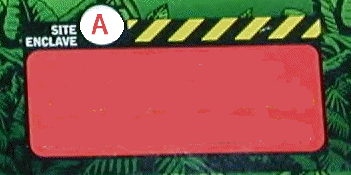Paleocene
65 million years ago the dinosaurs became extinct and the Mesozoic ended. The Cenozoic is divided into two parts the Tertiary and the Quaternary. The Tertiary lasted 63 million years and continued the flora which began developing at the end of the Cretaceous. Flowering plants continued to develop but grasses are not wide spread. Forests are common. The climate is warm even in the polar regions. Conifers remain wide spread but the number of species are not numerous. Asia seems to have been cut off from Europe. Primates are wide spread looking like Lemurs and Wood chucks. The impression is of an ecology that favored browsers and arboreal animals.
updated 111113
The Paleocene must have been seemed empty after the Cretaceous. Pantadonts were a diverse order of browsing animals that thrived in the Paleocene dying out in the Eocene. They ranged from the size of rabbits to rhinos. Barylambda was one of the largest Paleocene mammals at around 650 kg. Its skeleton is of a cumbersome animal made for browsing by resting on its massive hind limbs and its heavy tail, which allowed to raise the front of the body and to brows the high branches. Their life style may have been like that of the extinct ground sloth.
The climate is warm and reptiles get big, giant snakes, turtles and crocodilians are the large carnivores. A rare terrestrial alligator seems to be the best candidate for top predator in the first Paleocene. Champsosaurus survives the Cretaceous extinction into the paleocene. It hunted in rivers and swamps, catching fish with its long, tooth-lined jaws.
